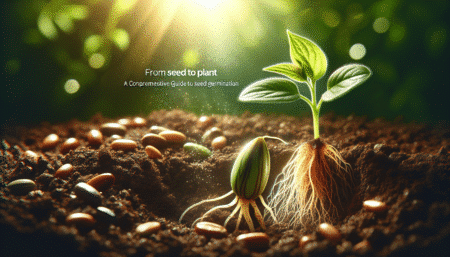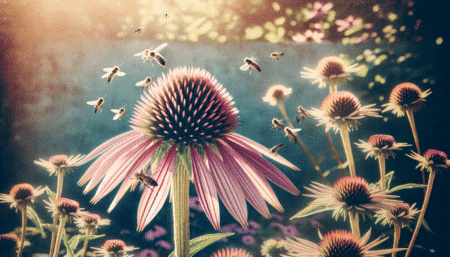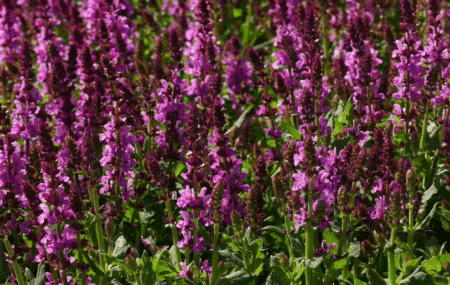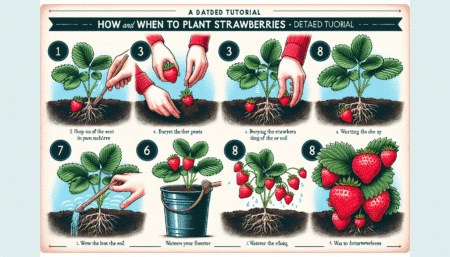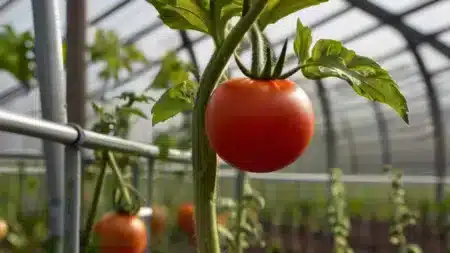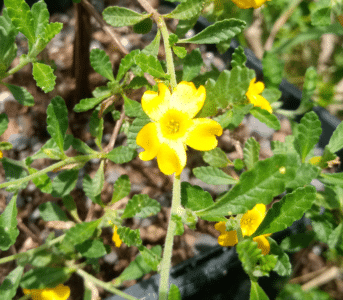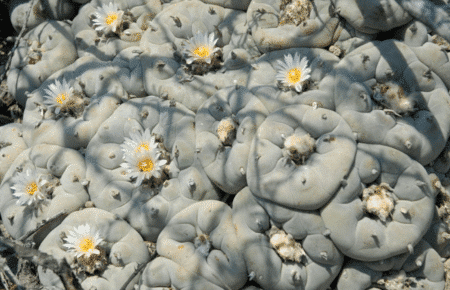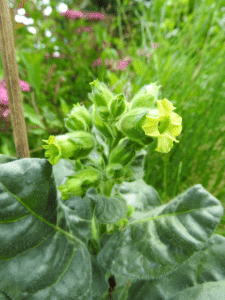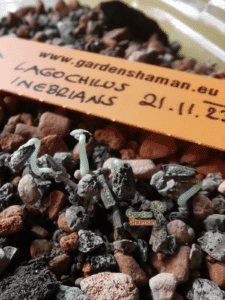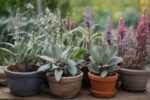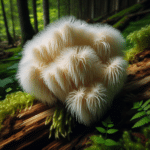- General information on Sceletium tortuosum
- Historical background
- Growing Sceletium tortuosum
- Sceletium tortuosum seeds
- Kanna cuttings
- Kanna use
- Precautionary measures
- Conclusion
Here you can find our selection of Sceletium seeds!
1. general information on Sceletium tortuosum
Sceletium tortuosum, also known as kougoed, is a plant that has been used for centuries by the San and Khoikhoi tribes in South Africa. Kougoed belongs to the Mesembryanthemaceae family and is usually grown as a creeping shrub or climbing plant. This plant has become increasingly popular for its ability to relieve anxiety and depression. Cultivating kougoed is a rewarding experience that allows you to grow and utilize this plant in your own garden.
2. historical background
Kougoed has a long history of use in South Africa. The San and Khoikhoi, the indigenous people of the region, used the plant to treat digestive problems, headaches and mood swings. Kougoed was also used by the Boers and other European settlers in South Africa to alleviate the effects of stress and fatigue. In modern times, kougoed is often used as an herbal remedy for anxiety, depression and insomnia.
3. grow Sceletium tortuosum
Cultivating kougoed can be a rewarding experience, allowing you to grow this plant in your own garden. There are two main methods of cultivating kougoed: by seed or by cuttings.
4. sceletium tortuosum seeds
Cultivating kougoed from seed is relatively easy. You get your fresh Sceletium tortuosum seeds directly in our store or in other specialist stores. The seeds should be planted in well-drained soil. It is important that the soil is well drained as the plant does not tolerate waterlogging. The seeds should be planted in a shallow dish or pot filled with moist cactus soil. The seeds should only be lightly covered with soil as they need light to germinate. The tray or pot should be placed in a warm place that receives plenty of sunlight. The seeds usually germinate within two weeks.
5. cuttings
Cultivating kougoed from cuttings is somewhat more difficult than from seed. The cuttings should be taken from a healthy plant. The cuttings should be planted in moist soil and covered with a plastic bag to ensure high humidity. The cuttings should be placed in a warm place that receives plenty of sunlight. The cuttings should produce roots within six weeks.
6. kanna use
Kougoed is normally used as a herbal remedy for anxiety, depression and insomnia. The active ingredients in kougoed, mesembrine and mesembrenol, have a calming effect on the nervous system. Kougoed can be taken as a tea, extract or capsule. It is important to note that kougoed can also be used as a hallucinogen and can have undesirable side effects in high doses.
7. precautionary measures
Although kougoed is safe as an herbal remedy, you should take some precautions when using the plant. If you are pregnant or breastfeeding, you should not take Kougoed. If you are taking prescription medication, you should consult a doctor before taking Kougoed. Kougoed may interfere with the effects of some medications. It is also important to consume Kougoed in moderation, as high doses can cause unwanted side effects.
8. conclusion
Kougoed is a fascinating plant with a long history of use in South Africa. Cultivating kougoed can be a rewarding experience, allowing you to grow and utilize this plant in your own garden. Kougoed is commonly used as an herbal remedy for anxiety, depression and insomnia, however it is important to consume kougoed in moderation and take some precautions if you wish to use the plant. If you are interested in cultivating kougoed, be sure to educate yourself extensively about the plant to ensure you can use it safely and effectively.
Note: The information in this article is for informational purposes only and is not intended to replace the advice of a physician or other healthcare professional. Always consult a doctor before using any new herbs or supplements. Furthermore, you should always check whether certain plants are permitted in your country before growing them.


